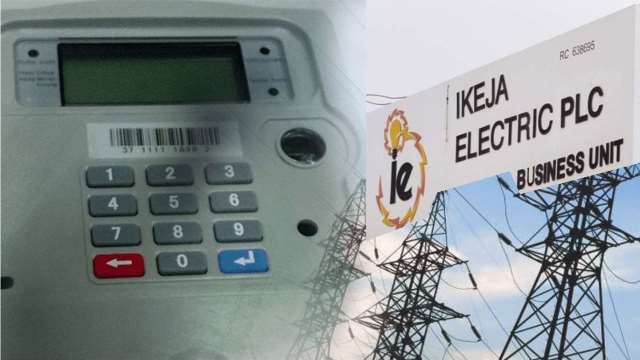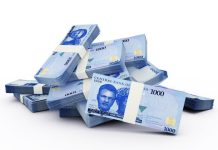Results have revealed that electricity tariffs increased by 58 per cent after the Federal Government yanked off a yearly subsidy of N500bn to the power sector.
The obtained documents showed that the subsidy was removed in 2020, leading the Nigerian Electricity Regulatory Commission (NERC) to increase tariffs from N31/kWh to N49/kWh starting last year.
The document titled, ‘Analysis of the Commercial KPIs for ANED ́s Members/2021’, which is the latest report by the Association of Nigerian Electricity Distributors, said that with the effective implementation of the Service-Based Tariff in November 2020, the Federal Government removed electricity subsidies of over N500bn and “allowed tariff increase from 31 N/kWh up to 49 N/kWh in 12 months.”
Hence, electricity tariffs have increased by N18/kWh since the subsidy removal. ANED said the new tariffs “for better service” were for customer categories under classes A, B and C.
“This fact, together with the DisCos ́ ATC&C losses recovery in 2021, disproves the paradigm that an increase in tariffs leads to an increase in losses,” the report added.
Although the DisCos and NERC have consistently denied tariff increment, findings corroborated a statement by the Minister of Finance, Budgets and National Planning, Zainab Ahmed, in March that FG had removed all subsidies in the power sector.
Electricity consumers with prepaid metres have also lamented the reduction in electricity units received from DisCos. The DisCos had, earlier in the year, sent out-migration links to customers. Once clicked, the application link took customers to an online form where meter numbers and other information were inputted to migrate from the old tariffs to the increased tariff plans.
However, an observation of the graphical representation of tariff movement presented by the association showed that while the Nigerian Electricity Supply Industry, NESI’s cost of the service had grown from N1.15trn in 2019 up to N1.8trn in 2021 (and weighted generation cost has gone up from N23/kWh in 2019 to N27/kWh), NESI’s cost-reflective tariff in 2021 was 5 N/kWh cheaper than in 2019.
The ANED said, “It truly does not make any sense that, while the generation cost and other costs continues to grow at NESI, the cost-reflective tariff is systematically and artificially reduced.”
It, however, said that despite the increment in the generation, transmission and administrative costs, the cost-reflective tariff had been decreased mainly due to a continuous reduction in the regulated ATC&C losses under the Multi-Year Tariff Order.
The DisCos had, for several years clamoured for cost-reflective tariffs.
“DisCos are not being able to recover NESI ́s cost of service as the real ATC&C losses are much higher than that under MYTO. This fact is exacerbating DisCos liquidity crisis and cash stress, weakening DisCos’ balance sheets and preventing access to funding, ultimately, impeding DisCo performance improvement. Thus, it raises the question of whether there can be future DisCo improvement if the situation currently precludes any major investment in NESI?” ANED said.
The Federal Government had, some time ago, mopped up customers’ tariff debts to the DisCos.
A spokesperson for IKEDC, Felix Ofulue, also stated the Federal Government had been stepping in with various interventions to the power sector through the Central Bank of Nigeria.
“The removal of the subsidy after the Extraordinary Tariff Review in November 2020, which resulted in an increase of the Allowed Tariff, and has driven new records in revenues and collections. The good news is that, even in a scenario of tariff increases, DisCos have experienced two quarters in a row with a collection efficiency of more than 70 per cent,” ANED said.














